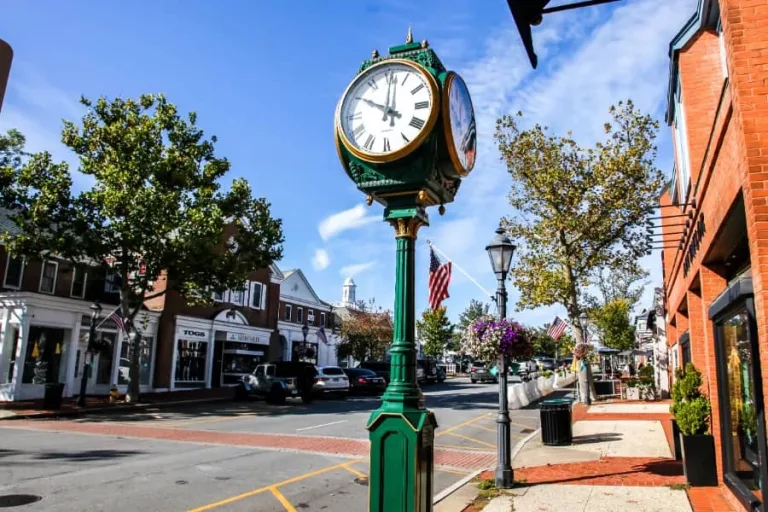
By Jim Knox
In September of 2021, after more than three quarters of a century of exhaustive field searches and hundreds of hopeful sightings reported, the Ivory-billed Woodpecker was officially declared extinct by the United States Fish and Wildlife Service. In July of 2022, based upon new evidence collected by field scientists from the U.S. National Aviary, the United States Fish and Wildlife Service overturned their extinction declaration to list the Ivory-billed Woodpecker as endangered. This extremely rare action speaks volumes about this remarkable creature and the hold it has over scientists and citizens alike.
The Ivory-Billed Woodpecker (Campephilus principalis) is no ordinary bird. As one of the planet’s largest woodpeckers, it was revered for its sheer size alone. Reaching 20 inches in length and boasting a 32-inch wingspan, it is an impressive creature by any measure. Yet, it was its size coupled with its striking appearance that evoked startled reactions and awe in those who beheld it. Known by many names including, “Ghost of the Bayou,” “Grail Bird” and “Lord God Bird,” the last quoted from observers of this magnificent animal up close, this animal entered the realm of zoological legend.
With males boasting a black body, bold white striping along the neck back and wings, a tall flaming red crest, golden eye, and massive ivory bill, even a glimpse of this creature was unmistakable. With females displaying an all-black crest, they complement the male’s arresting appearance with a distinct, stately image.
As a creature which relies on vast bottomland and swamp forest tracts in which to hunt beetle larvae living in mature trees, the Ivory-bill suffered greatly from clear-cutting forestry practices of the late 1800’s through early 1900’s within its range in the American Southeast. Coupled with the brisk trade in their feathers and bills, the Ivory-bill’s numbers plummeted. By the 1920’s talk of its extinction circulated widely, yet the birds held on, with the last scientifically accepted sighting taking place in 1944. Since that time hopeful rumors and fleeting sightings have led an army of conservationists to hold out hope for these “Ghosts of the Bayou.”
Such size, appearance, and rarity combined to transform the Ivory-bill from a creature of the forest to a creature of legend, making it emblematic of all rare species rumored to survive. Likened to conservation’s Holy Grail, such status commands our attention and holds the potential to command our support. As the poster creature for beauty, power, and perseverance in the face of imminent extinction pressure, the Ivory-bill has become a rallying cry for conservation effort. In many respects this rarest of rare creatures perches at the junction of extinction inevitability and survival through human intervention. Its heralded rediscovery after more than seven decades may reflect the maturation of conservation practice, unrelenting scientific rigor, the ever-hopeful indomitable human spirit, sheer luck, or all those things. What we do know is that the reported rediscovery of this bird gives us a second chance to restore a species which was a essential component to the health of our southern forests.
If indeed its rediscovery leads to adequate conservation protection and long-term survival, the Ivory-bill will have stared down extinction with an unblinking eye. If so, how did this very large bird manage to elude us for the better part of a century? Much like Colorado Grizzlies, Eskimo Curlews, and other beasts on the edge on myth and survival, by adapting their habits to avoid humans. By retreating into remote, protected wilderness areas and adopting secretive, stealthy habits, such creatures live beyond our detection and elude many of the perils of having human neighbors.
While there are those who understandably meet the announcement of the bird’s rediscovery with skepticism. With the weight of multiple research universities, the U.S. National Aviary, and the U.S. Fish and Wildlife Service behind it, we have never had reason for greater optimism for the survival of this magnificent species.
So, if the Ivory-bill is out there, what does that tell us about the bird, and about ourselves? The “Lord God Bird” got its name for the sheer emotion it evoked in us. Beautiful and arresting, it has become synonymous with its wilderness home. It is a creature of intelligence and resourcefulness in the face of adversity. It is this same spirit that has buoyed hope for its survival and driven those who have led efforts to prove its existence to persevere. It is this refusal to accept defeat which is the hallmark of those who extend caring to the natural world. While indomitable hope alone is no formula for success, it is hope that fuels the efforts to protect wild creatures and wild places. Seemingly dauntless, the Ivory-bill meets us in the middle of what may be, and what could be. It reassures us that if we match its resilience, the “Grail Bird” may fly out of legend, and into a world possibility.
Jim Knox serves as the Curator of Education for Connecticut’s Beardsley Zoo and as a Science Adviser for The Bruce Museum. His passions include studying our planet’s rarest creatures and sharing his work with others who love the natural world.




